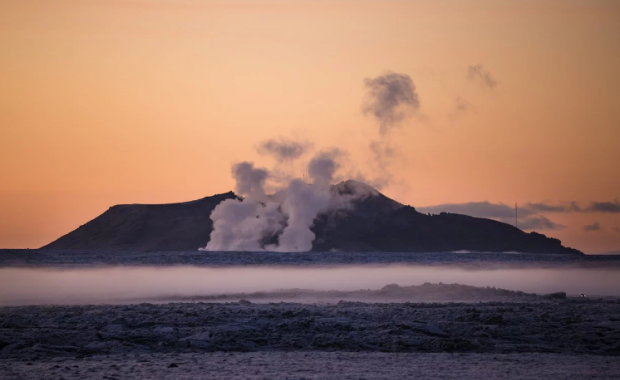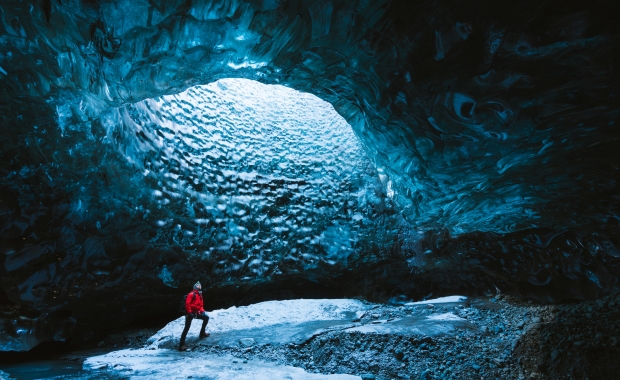The Lonely Planet Guide books have chosen West Iceland as one of the top 10 regions of the world to visit in 2016. According to Lonely Planet the most interesting region to visit in 2016 is Transylvania, with West Iceland coming in second place.
Read more: 5 Things to know about Snæfellsnes Peninsula
What makes West Iceland an interesting tourist destination, according to Lonely Planet is the relative ease with which it can be reached, thanks to its proximity to Reykjavík, and the fact that the region captures “all the best of Iceland’s off-the-charts wildlife and nature”:
“West Iceland is a greatest hits reel of what makes this country unique – cloud-wreathed glaciers, rugged lava fields, thundering waterfalls… it’s all here, just a two-hour drive from Reykjavík, and yet the region remains largely off tourists’ radars.”
Lonely Planet argues that one reason West Iceland is the place to visit next year is that the booming tourism industry in Iceland has meant the tourism infrastructure in West Iceland has expanded greatly in recent years, making it easier to visit. More cafés, guesthouses and better facilities for tourists make the region more accessible.
Read more: 14 reasons to visit the wonderful West
We at Iceland Insider agree that there countless reasons to go visit West Iceland. It is home to some of the most beautiful waterfalls of Iceland, the cliffs and lava fields of Snæfellsjökull national park on Snæfellsnes peninsula are some of the most dramatic in Iceland, with their puffin and seabird colonies, and then there is Langjökull glacier.
But West Iceland also has more to offer than nature, as Lone Planet notes. The rich cultural heritage of West Iceland, which has a large concentration of Viking sites, historical monuments and small museums, is another reason to visit. And there is much more, waiting to be discovered in the lava fields and mountains of West Iceland!
Read more: Archaeologists discover a cave believed to have been occupied by a Viking Age outlaw
The Lonely Planet Guide books have chosen West Iceland as one of the top 10 regions of the world to visit in 2016. According to Lonely Planet the most interesting region to visit in 2016 is Transylvania, with West Iceland coming in second place.
Read more: 5 Things to know about Snæfellsnes Peninsula
What makes West Iceland an interesting tourist destination, according to Lonely Planet is the relative ease with which it can be reached, thanks to its proximity to Reykjavík, and the fact that the region captures “all the best of Iceland’s off-the-charts wildlife and nature”:
“West Iceland is a greatest hits reel of what makes this country unique – cloud-wreathed glaciers, rugged lava fields, thundering waterfalls… it’s all here, just a two-hour drive from Reykjavík, and yet the region remains largely off tourists’ radars.”
Lonely Planet argues that one reason West Iceland is the place to visit next year is that the booming tourism industry in Iceland has meant the tourism infrastructure in West Iceland has expanded greatly in recent years, making it easier to visit. More cafés, guesthouses and better facilities for tourists make the region more accessible.
Read more: 14 reasons to visit the wonderful West
We at Iceland Insider agree that there countless reasons to go visit West Iceland. It is home to some of the most beautiful waterfalls of Iceland, the cliffs and lava fields of Snæfellsjökull national park on Snæfellsnes peninsula are some of the most dramatic in Iceland, with their puffin and seabird colonies, and then there is Langjökull glacier.
But West Iceland also has more to offer than nature, as Lone Planet notes. The rich cultural heritage of West Iceland, which has a large concentration of Viking sites, historical monuments and small museums, is another reason to visit. And there is much more, waiting to be discovered in the lava fields and mountains of West Iceland!
Read more: Archaeologists discover a cave believed to have been occupied by a Viking Age outlaw






